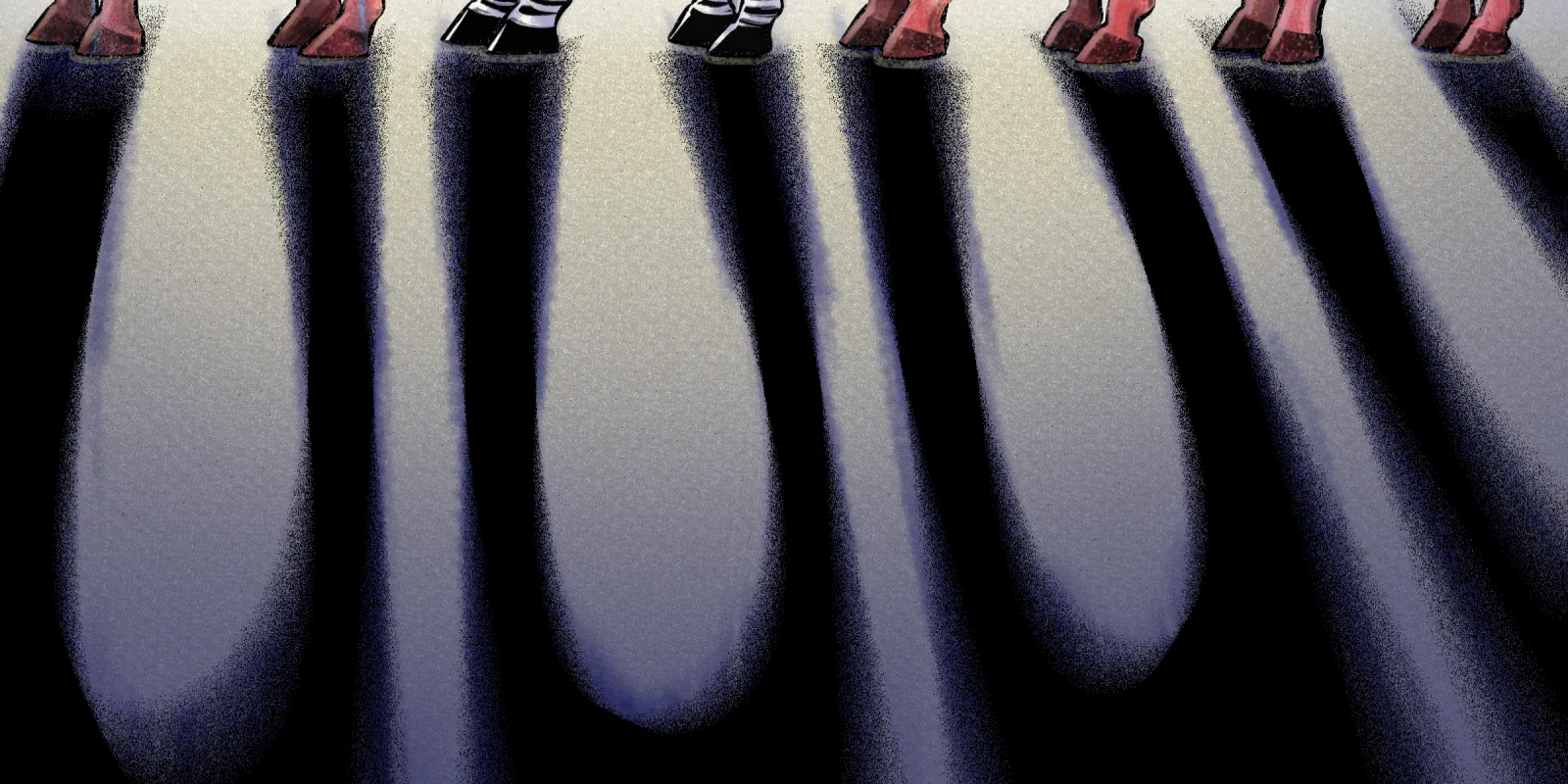
“When you hear hoofbeats, think horses, not zebras.”
What doctor hasn’t learned this mantra during training?
But what if it is a zebra?
I recently caught up with my friend, Jane, whose symptoms had baffled her doctors for years. She was misdiagnosed numerous times and was told by several well-respected specialists that her symptoms were all in her head. She actually began to believe that she had a mental illness. Finally, she connected with a specialist who suspected and confirmed that she has a rare neurological disease. For the first time in decades, she had the peace of knowing her real diagnosis, available treatments, and prognosis.
Like Jane, patients with rare diseases typically see up to eight physicians and receive 2 to 3 misdiagnoses over the course of 5 to 7 years before receiving a correct diagnosis. In addition to experiencing difficulty in reaching an accurate diagnosis, patients with rare diseases often feel isolated and abandoned by the health care system, just as Jane did.
You may reason that the likelihood of seeing a patient with a rare disease is, well, rare. So, how rare exactly is a rare disease? In the United States, a rare disease is defined as a condition that affects fewer than 200,000 people. However, there are an estimated 7,000 rare diseases, affecting a total of 25 to 30 million Americans. In other words, while each rare disease is rare individually, nearly 1 in 10 Americans are living with a rare disease! Therefore, it is likely that you are seeing these patients in your practice on a regular basis.
For example, my solo Pediatric Ophthalmology practice was small by anyone’s standards, yet I saw a number of patients with rare diseases. If I had continued practicing, recent advances would have enabled me to recognize even more of these patients. That’s why keeping up with medical advances is vital for all physicians, and why it’s important to step outside of our comfort zones in our CME choices, challenging our current practices.
But let’s be honest: no one can be an expert on everything, especially rare diseases that we may never see during our entire careers. I’ve often said that humility makes a doctor safe, which makes it important for us to recognize what we don’t know. That means being open to the possibility that a patient has something unusual, and being prepared to promptly refer that patient to a specialist. Furthermore, if the patient doesn’t get an answer from that expert, it’s especially important to help them find another expert until an accurate diagnosis is made.
In this era of precision medicine, many rare diseases will become easier to diagnose through genetic testing, but this isn’t a one-size-fits-all solution. While it’s estimated that 80 percent of rare diseases are genetic in origin, the other 20 percent are not. Unlike the straightforward interpretation of most lab tests, current genetic screening techniques may be inconclusive, reporting variants of unknown significance (VUS) that may or may not be pathogenic. This will improve as more genetic variants are classified. Results must always be interpreted in a clinical context to avoid errors in diagnosis, requiring a level of expertise primarily found in superspecialists and medical geneticists. Despite these precautions, early referral for genetic testing is often a patient’s best hope for accurate diagnosis and access to emerging treatments, such as gene therapy. This again supports the need to consult a specialist promptly when you suspect a rare disease.
So, the next time you hear hoofbeats, by all means, think horses. But if everything doesn’t add up to a horse, don’t stop there. Think zebra. Do additional research, consult an expert, and if necessary, consult another expert. Patients like Jane are depending on you.
After a career in Pediatric Ophthalmology, Christina M. Ohnsman, MD is now a medical writer and consultant with expertise in Ophthalmology, gene therapy, and rare and orphan diseases. As president of CMO Medical Communications, LLC, she remains dedicated to her consistent, passionate focus on improving patients’ lives.
Disclaimer: Names within the story have been modified for privacy reasons.
Illustration by April Brust







